
~2.jpg&newheight=260&quality=80)
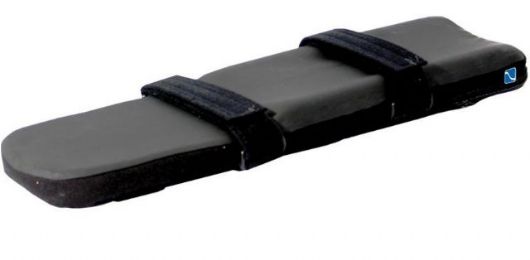
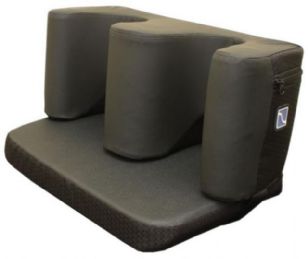



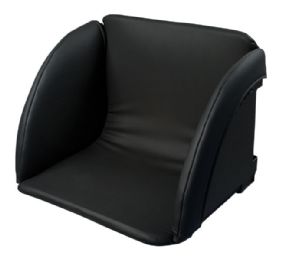
~2.jpg&newheight=260&quality=80)

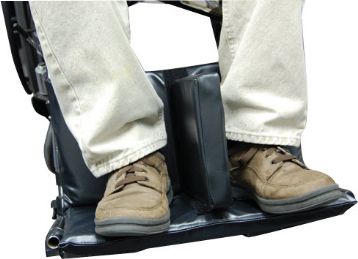

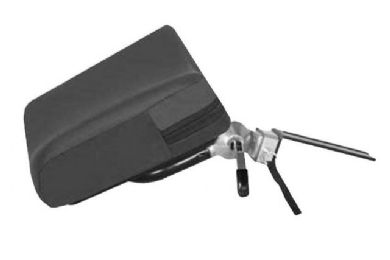


Why is Wheelchair Positioning So Important?
Putting the right wheelchair positioning solutions into place helps enhance the wheelchair user's daily life
experience in every way. Both physical and mental health is affected by proper positioning, minimizing
pain, slowing further loss of mobility and maximizing overall functioning. While good seating begins with
the basics such as the backrest, seat and the individual's orientation within the wheelchair, it certainly
doesn't end there. Added postural supports and devices aid in creating a better connection between the
user and the wheelchair, helping the user to live life to the fullest in every regard. Specialized backrests,
headrests, supportive cushions and trunk, leg and arm supports offer the wheelchair user the ultimate
positioning for his or her own particular needs. From joystick handles that really fit the curves of the user's
palm to footplates that can be manipulated to reduce joint stress, every wheelchair positioning aid plays its
crucial role in restoring health and happiness to the daily wheelchair user.
Wheelchair positioning possibilities include, but are not limited to: positioning pillows, wheelchair belts,
chest harnesses, lap huggers, wheelchair cushions, wheelchair liners, lateral supports, arm supports, knee
separators, foot supports, posture supports, hip bolsters, leg harnesses and ankle support straps. Please
consult with your professional medical team to determine what kinds of wheelchair positioning devices will
the be the right choice for you.
Wheelchair Positioning and Proper Posture
All about function and comfort, the natural, healthy alignment of the human body facilitates normal organ
function and greater muscular efficiency, both of which minimize fatigue. Proper posture is especially
important to a wheelchair user. The natural curves of the neck and back should always be supported in a
seated position, while the knees, pelvis and shoulders should also be level. This symmetrical position
promotes balanced muscles that are ready to flex when needed, and relax when they are not. Conversely,
prolonged poor posture can make an individual fatigued as muscles get tired more quickly because they
have to work harder, resulting in increased strain on the knees, hips, spine and neck. This poor seated
posture can ultimately lead to more structural problems such as reduced flexibility, joint pain, deformity
and asymmetrical muscle tightness. Specially designed cushions and back support systems can help those
users who have experienced a loss of bone or muscle below the waist, but these individuals may not have
the ability to achieve a level pelvis or shoulders, depending on their pre-existing condition.
Wheelchair Positioning and Skin Integrity
Being confined to a wheelchair on a daily basis is one of the most common reasons for developing bruises,
skin tears and pressure ulcers (decubitus ulcers, bedsores). Research has shown that at least 20% of
wheelchair users experience at least one skin breakdown in any one year, which translates to virtually every
user being likely to encounter some kind of skin integrity breakdown problem within four to five years.
This risk increases if the user has a history of redness and/or has open wounds on their buttocks, if the
user cannot perform an independent and effective weight shift on a regular basis, and if the user has
sensory impairment, unable to feel sores developing.
Yet most bony prominence pressure ulcers are entirely preventable with the deployment of pressure
redistribution, shear management and heat and moisture management. Pressure redistribution refers to
spreading the user's weight over a larger area with a variety of methods. Since sitting on a firm, flat surface
makes all of your weight rest on ischial bones on the underside of the pelvis, this concentrated pressure
can be reduced by shifting some of this weight to the undersurface of the thighs, feet and back, when
appropriate ability supports those actions. A carefully selected cushion can improve this load bearing by
letting you sink into it as low as 2.5 inches without hitting the bottom, or the seat underneath, while
specialized pressure-relief cushions can also be used. Specially designed backrests and supports, armrests
and footrests used at the correct heights can also help you bear some of your weight.
Shear forces must also be managed to help prevent pressure ulcers and skin breakdown problems.
Damaging tissues with distorting forces, shear refers to the forward-and-back motion of the ischials against
tissue under pressure. Uniquely designed liquid cushioning that features a smooth upholstery or covering
helps to reduce these shear forces, also eliminating pinching of the skin. Moisture and heat often leads to a
breakdown in skin integrity, so utilizing breathable cushioning products that allow moisture and air to flow
through will help the skin to stay cool and dry, contributing to a healthier seated environment, overall.
Wheelchair Positioning and Function
For an average wheelchair user to be able to reach his or her own full potential, they must be able to
connect with the world around them. Innovative seating systems, positioning aids and numerous wheelchair
accessories can help every unique wheelchair user to achieve a comfortable, safe and accessible seated
position to engage more directly and effectively with others and within every environment.
Inappropriate or inadequate wheelchair positioning often contributes to wheelchair users suffering discomfort, agitation, skin tears, bruising, pressure ulcers, contractures, the inability to self-propel, unsafe transfers, falls and injuries to both the wheelchair users and their caregivers.
Rehabmart is proud to offer innovative wheelchair positioning solutions from experienced and respected manufacturers that include Grip Solutions, DeRoyal, Comfort Company, Bodypoint, Confortaire, Danmar, Drive Medical, Skil-Care, Sammons Preston, Posey and McKesson Medical Surgical.
Mike Price, OT
Rehabmart Co-Founder & CTO